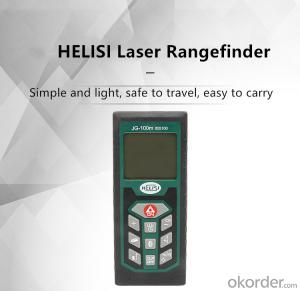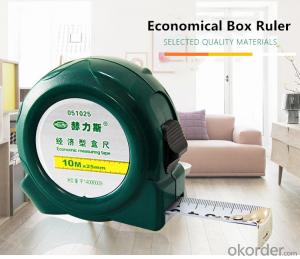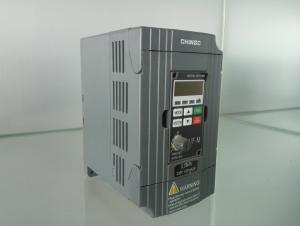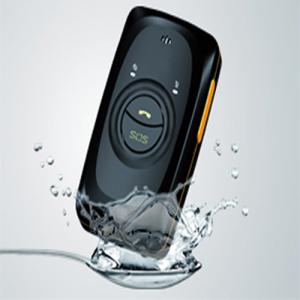Mini Inverter Solar
Mini Inverter Solar Related Searches
Stainless Steel Tape Measure Galvanized Steel Planter Box Stainless Steel Ruger Mini 14 Husky Stainless Steel Tool Box Kobalt Stainless Steel Tool Box Stainless Steel Bread Box Stainless Steel Litter Box Bento Box Stainless Steel Stainless Steel Ruler Copper Foil Tape Stained GlassHot Searches
Mini Inverter With Battery Online Shopping China Pvc Geomembrane Wholesale Laser Rangefinder Price Philippines Mini Inverter With Battery Online Shopping Wholesale Knife Price Philippines Clothes Washing Machine Sales Curd Maker Machine Buy Online Frozen Yogurt Machine Cost Buy Machine Screws Buy Frozen Yogurt Machine Froyo Machine Cost Physiotherapy Machine Cost Crepe Machine Costco Juicer Machine Online Cake Beater Machine Online Mini Inverter With Battery Online ShoppingMini Inverter Solar Supplier & Manufacturer from China
Okorder.com is a professional Mini Inverter Solar supplier & manufacturer, offers integrated one-stop services including real-time quoting and online cargo tracking. We are funded by CNBM Group, a Fortune 500 enterprise and the largest Mini Inverter Solar firm in China.Hot Products
FAQ
- The function of photovoltaic grid - connected inverter
- In general, single-phase h-bridge is a common configuration of dc / ac-level, but can also be used in three-phase and other configurations.
- The role of a solar inverter in a solar-powered desalination system is to convert the direct current (DC) electricity generated by the solar panels into alternating current (AC) electricity that can be used to power the desalination equipment. The inverter ensures efficient and safe power conversion, allowing the system to effectively utilize the energy generated by the solar panels for the desalination process.
- The role of a maximum power point tracker (MPPT) in a solar inverter is to ensure that the solar panels are operating at their maximum power output. The MPPT continuously monitors the voltage and current of the solar panels and adjusts the operating conditions to find and maintain the maximum power point. This optimization helps to maximize the efficiency and overall energy generation of the solar system.
- Yes, a solar inverter can be used with a solar-powered air conditioning system. The solar inverter converts the direct current (DC) electricity generated by the solar panels into alternating current (AC) electricity, which is used to power the air conditioning system. This allows the air conditioning system to run efficiently and effectively using solar energy.
- A three-phase solar inverter differs from a single-phase inverter in terms of the number of input and output phases it can handle. While a single-phase inverter can only handle a single-phase input and output, a three-phase inverter is designed to handle three-phase input and output. This allows for a more efficient and balanced distribution of power in three-phase electrical systems, making three-phase inverters suitable for larger solar installations or commercial applications.
- Solar inverters typically have a lifespan of around 10 to 15 years. However, the actual longevity can vary depending on factors such as the quality of the inverter, maintenance, and environmental conditions.
- The role of a power control unit in a solar inverter is to regulate and control the flow of electricity from the solar panels to the electrical grid or to the connected load. It ensures efficient power conversion by managing voltage, current, and frequency, and provides protection against overvoltage, under voltage, and short circuits. Additionally, the power control unit may also include features like maximum power point tracking (MPPT) to optimize the energy output from the solar panels.
- A grid-tied solar inverter is designed to convert the DC (direct current) electricity generated by solar panels into AC (alternating current) electricity that can be used in a home or business. It is connected to the utility grid, allowing surplus electricity to be sold back to the grid. In contrast, an off-grid solar inverter is specifically designed to be used in standalone systems where there is no access to the utility grid. It converts the DC electricity generated by solar panels into AC electricity for immediate use or storage in batteries for later use.















































